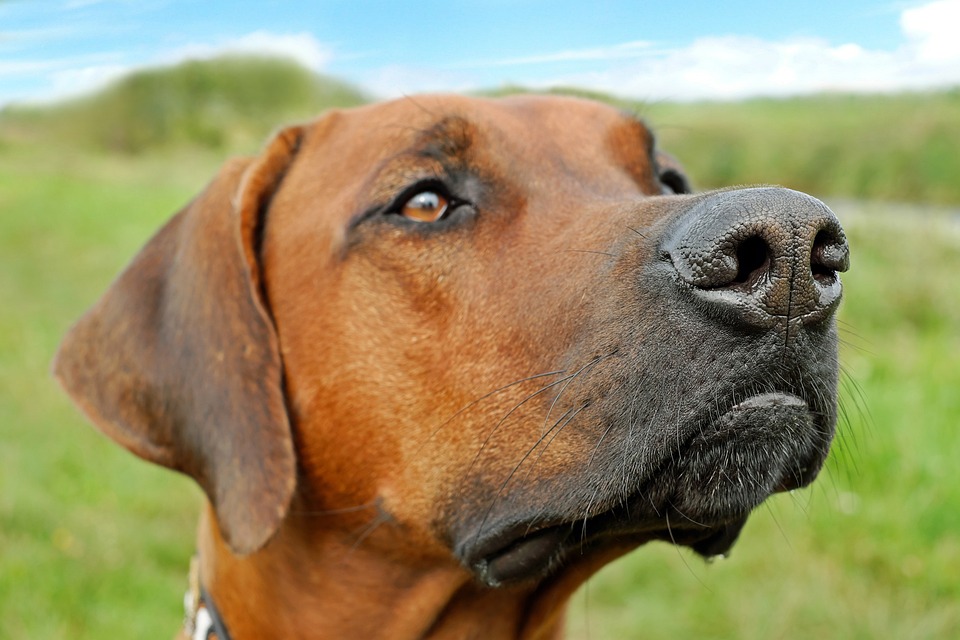Title: Mastering Dog Training: Teaching Your Pup Not to Pull or React to Skateboards or Segways
Introduction:
Skateboards and Segways can be a common sight on the streets, but they often trigger unwanted behaviors in our canine companions. In this article, we will explore effective training techniques to help your dog overcome the urge to pull or react to these moving objects. We’ll also address some frequently asked questions to provide you with comprehensive guidance.
I. Understanding the Behavior
1.1 Why Do Dogs React to Skateboards and Segways?
Dogs may react to skateboards and Segways due to their fast movements, unfamiliar sounds, or the unpredictability of these objects. Some dogs may perceive them as a threat or a source of excitement.
1.2 Common Reactions: Pulling and Reactivity
When encountering skateboards or Segways, dogs may pull on the leash, lunge, bark, or display signs of anxiety. These reactions can be challenging to handle and may pose a risk to both the dog and the person walking them.
1.3 The Importance of Training
Training is crucial to teach dogs impulse control and appropriate behavior around skateboards and Segways. It helps them understand what is expected of them and ensures their safety in various environments.
II. Preparation for Training
2.1 Leash and Equipment Selection
Choose a sturdy leash and collar or harness that provides you with control over your dog without causing discomfort. Opt for equipment that doesn’t restrict their natural movement.
2.2 Suitable Training Locations
Start training in a controlled environment, such as a quiet park or a backyard, before progressing to busier areas with more distractions. Gradually exposing your dog to different environments will help them generalize the training.
2.3 treats and Rewards: Choosing the Right Incentives
Identify high-value treats or rewards that your dog finds motivating. These can include small pieces of cooked chicken, cheese, or their favorite store-bought treats. Use these rewards to reinforce desired behaviors during training.
III. Desensitization and Counterconditioning
3.1 Step 1: Introducing the Sight and Sound
Begin by exposing your dog to the sight and sound of skateboards and Segways from a safe distance. Allow them to observe these objects without reacting and reward them for calm behavior.
3.2 Step 2: Gradual Exposure and Positive Association
Gradually decrease the distance between your dog and the moving objects while continuing to reward calm behavior. Create positive associations by offering treats and praise whenever they remain relaxed.
3.3 Step 3: Building Confidence through Distance
Increase the distance between your dog and the skateboards or Segways if they show signs of stress or anxiety. Focus on building their confidence and gradually decrease the distance over time.
3.4 Step 4: Controlled Encounters
Once your dog is comfortable with closer distances, practice controlled encounters. Walk past or around skateboards and Segways while maintaining a loose leash and rewarding calm behavior.
3.5 Step 5: Generalization and Real-Life Scenarios
Gradually expose your dog to various real-life scenarios involving skateboards and Segways, such as busy streets or parks. Reinforce their training and continue to reward calm behavior.
IV. Training Tips and Techniques
4.1 Loose Leash Walking Basics
Teach your dog the basics of loose leash walking to prevent pulling in any situation. Use positive reinforcement to reward them for walking calmly by your side.
4.2 Teaching “Leave It” or “Watch Me” Commands
Train your dog to respond to commands such as “leave it” or “watch me” to redirect their attention away from skateboards and Segways. These commands can help you regain control in challenging situations.
4.3 Redirecting Focus with Target Training
Use target training techniques to redirect your dog’s focus away from the moving objects. Train them to focus on a target stick or your hand, rewarding them for maintaining their attention on you.
4.4 Consistency and Patience: Keys to Success
Consistency and patience are crucial throughout the training process. It may take time for your dog to overcome their reactions, so be persistent and celebrate small victories along the way.
V. Frequently Asked Questions
5.1 Can any breed learn not to pull or react to skateboards and Segways?
Yes, any breed can learn with proper training and guidance. Some breeds may require more time and effort due to their individual temperaments and energy levels.
5.2 Is it possible to train an older dog?
Yes, older dogs can still learn new behaviors. However, it may take more time and patience compared to training a younger dog.
5.3 How long does it take to see results?
The time it takes to see results can vary depending on the dog’s temperament and the consistency of training. Some dogs may show improvement within a few weeks, while others may require several months of training.
5.4 What should I do if my dog’s reactions worsen during training?
If your dog’s reactions worsen, take a step back and reassess the training plan. Consult with a professional dog trainer who can provide personalized guidance to address specific challenges.
5.5 Are there any additional training aids or tools that can assist?
Training aids such as front-clip harnesses or head halters can provide additional control and help redirect your dog’s attention. However, it’s important to consult a professional trainer for guidance on their proper use.
Conclusion: Empowering Your Dog with Training
By following the training techniques and tips outlined in this article, you can help your furry friend overcome their pulling and reactivity tendencies towards skateboards and Segways. Remember, patience, consistency, and positive reinforcement are key to achieving success. With time and effort, you’ll be able to enjoy peaceful walks without worrying about these common triggers.
*Disclaimer: Training methods may vary depending on the individual dog’s temperament and behavior. If you’re facing challenges or concerns during the training process, consult a professional dog trainer for personalized guidance.*









